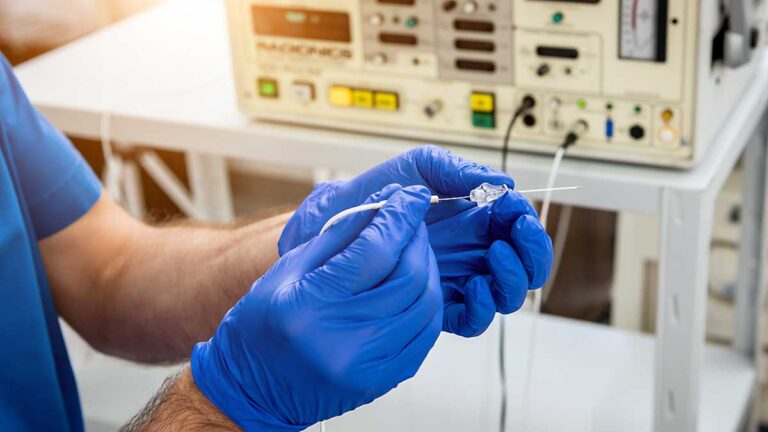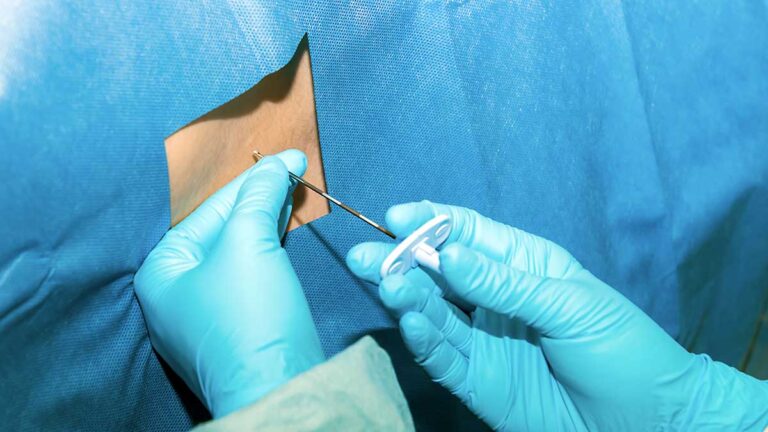At Allied Spine Institute, we offer a comprehensive range of interventional pain management procedures tailored to alleviate back pain. These treatments are organized from the least to the most invasive, ensuring a personalized approach based on each patient’s specific condition.
1. Trigger Point Injections
Trigger point injections involve administering a local anesthetic and corticosteroid directly into painful muscle knots, known as trigger points. This minimally invasive procedure is typically performed in-office, providing immediate relief for muscle-related back pain.
2. Facet Joint Injections
Facet joint injections target the small joints located between each vertebra in the spine. By injecting a combination of anesthetic and anti-inflammatory medication, this procedure can alleviate pain stemming from arthritis or injury in the facet joints. It’s commonly used for diagnostic and therapeutic purposes.
3. Medial Branch Blocks
Medial branch blocks involve injecting anesthetic near the medial branch nerves that supply the facet joints. This diagnostic procedure helps determine if the facet joints are the source of back pain and can provide temporary relief.
4. Epidural Steroid Injections (ESIs)
ESIs deliver corticosteroids into the epidural space surrounding the spinal cord and nerves. This treatment reduces inflammation and is particularly effective for herniated discs or spinal stenosis that cause nerve compression.
5. Radiofrequency Ablation (RFA)
RFA uses heat generated by radio waves to target specific nerves, effectively disrupting pain signals from the facet joints. This outpatient procedure offers longer-lasting relief for chronic back pain, especially when previous treatments have been unsuccessful.
6. Intradiscal Procedures
Intradiscal procedures address pain originating from damaged spinal discs. These minimally invasive treatments include:
- Intradiscal Electrothermal Therapy (IDET): Involves inserting a catheter into the affected disc and applying controlled heat to seal tears and reduce nerve sensitivity.
- Discography: A diagnostic procedure where contrast dye is injected into the disc to identify the source of pain.
- Nucleoplasty: Utilizes radiofrequency energy to remove small amounts of disc material, relieving pressure on spinal nerves.
7. Spinal Cord Stimulation (SCS)
SCS involves implanting a device that sends electrical impulses to the spinal cord, masking pain signals before they reach the brain. This treatment is considered when other therapies have failed to provide adequate relief for chronic back pain.
Benefits of Interventional Pain Procedures:
- Targeted Pain Relief: Directly addresses the source of pain, providing more effective relief.
- Minimally Invasive: Most procedures are outpatient, resulting in shorter recovery times.
- Reduced Dependency on Medications: Can decrease the need for long-term use of pain medications.
- Improved Quality of Life: Alleviating pain can enhance daily functioning and overall well-being.
Consultation and Personalized Treatment Plans:
Consult a pain management specialist to determine the most appropriate treatment based on individual needs and medical history. At Allied Spine Institute, our team is dedicated to developing personalized care plans that effectively manage and alleviate back pain.
Note: For detailed information on each procedure, please visit the respective pages on our website.









